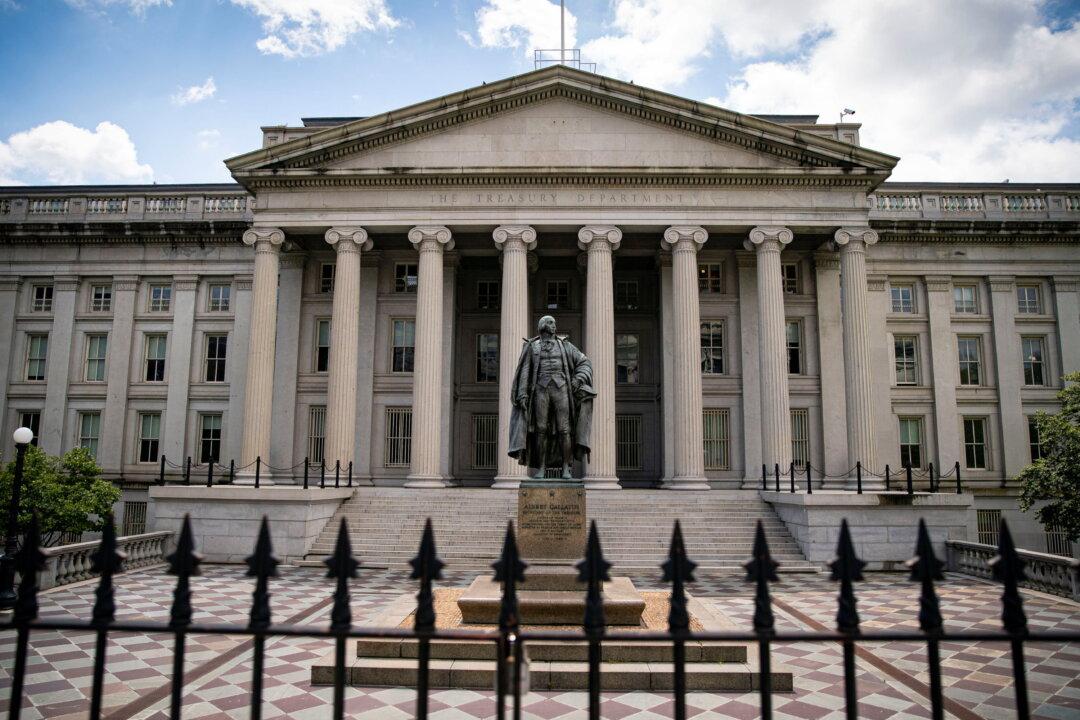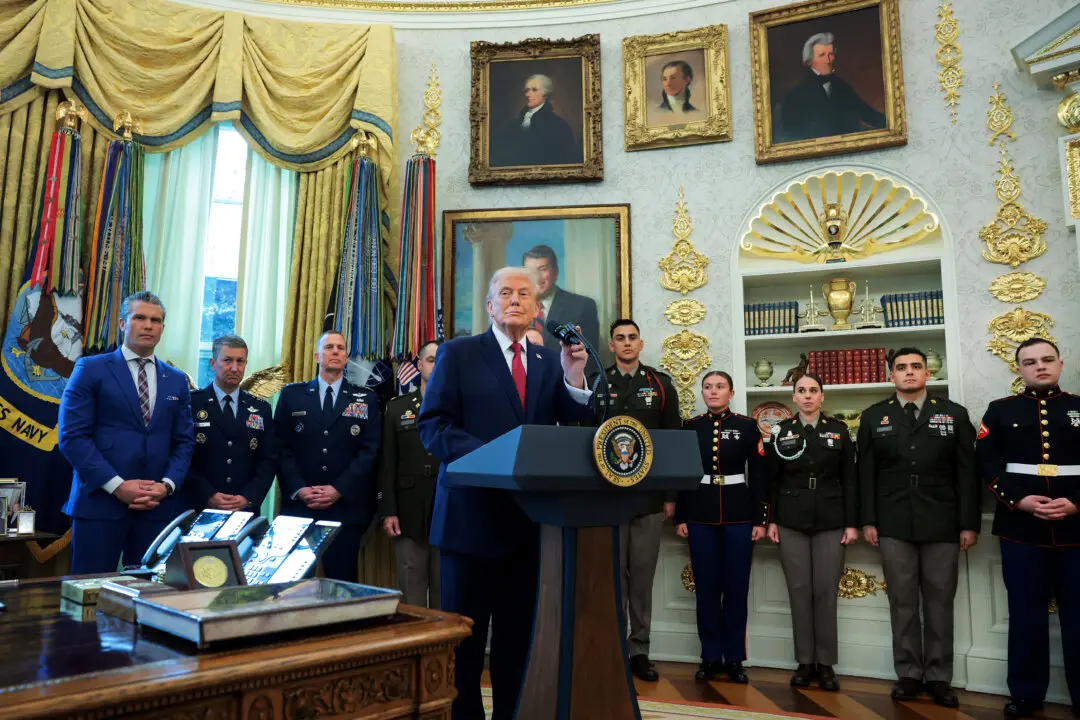The U.S. Department of Treasury has announced the reallocation of $690 million under the Emergency Rental Assistance Program (ERA) to help those facing financial hardship avoid eviction.
According to a Treasury Department press release from Jan. 24 they have reallocated more than $3.5 billion for the ERA program and have made more than 8 million unique household payments for families who are at risk of losing their homes.





